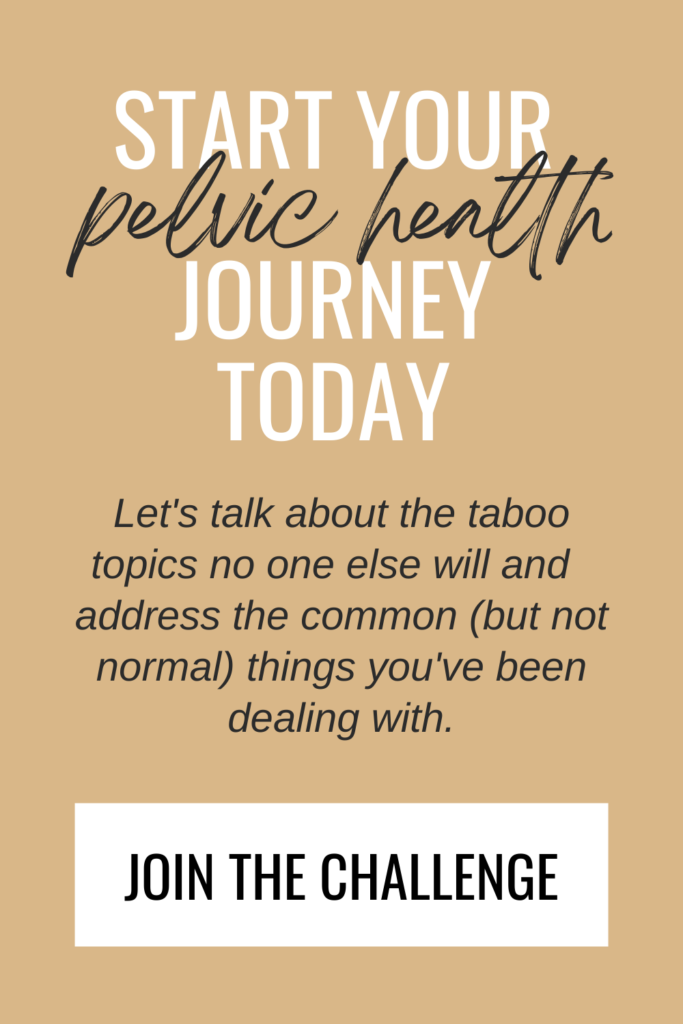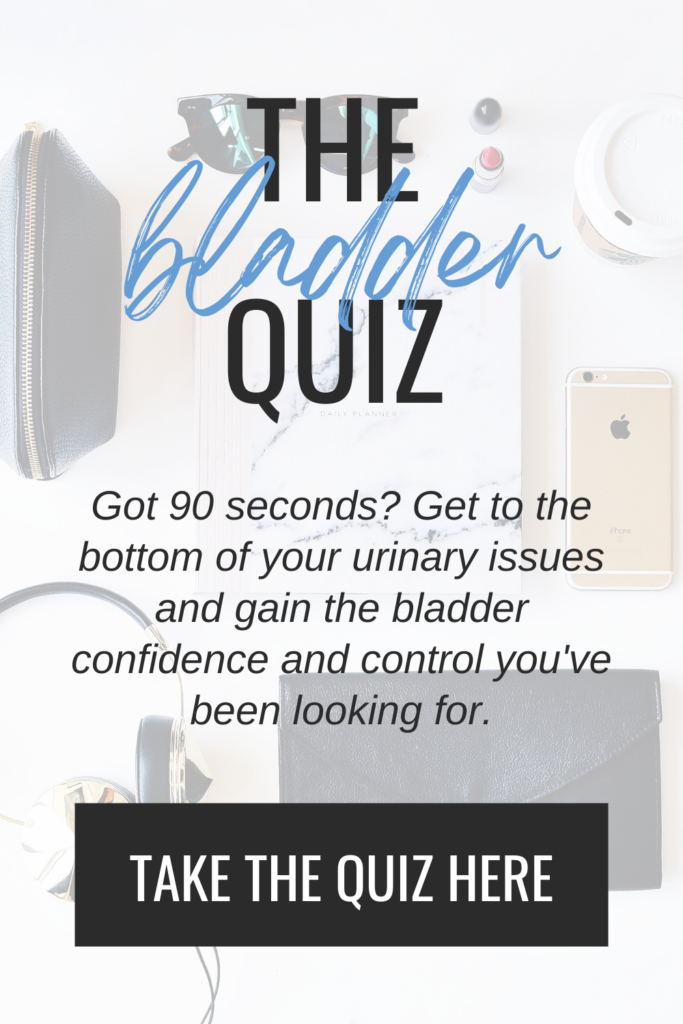I don’t know about you, but when I was pregnant my mind was going 24/7. Questions, concerns, and sifting through the (unsolicited) comments really is a full-time job in itself. Even if you’re a “cool as a cucumber” kinda person, you’re constantly thinking about that little life inside of you while simultaneously doing all things preparation, still participating in the everyday life stuff (I see you laundry and dishes and groceries and etc.), aaaaaaaannd dealing with an ever-changing/aching/growing body.
Ahhhhh, the joys of motherhood. Am I right?! So much to do in so little time.
And while our moms, sisters, and besties are busy giving us all the baby advice, how to help our bodies through pregnancy, birth, and eventually the postpartum period tends to remain a puzzle. You do what you can between the “what to expect” books, insta posts, and that article you stumbled across on pinterest. This leads to trying a few things, seeing if they work, and ultimately leaning back on a “this too shall pass” mentality and little to no relief.
As someone who works with pregnant mamas for a living and is still in the thick of those fresh(ish) postpartum days herself, I’ve got actionable advice when it comes to taking care of your pregnant body, all while keeping successful birthing and post-baby healing in mind.
PS- However you bring your baby into the world is a beautiful, miraculous, smashing success. For the sake of this post, when it comes to birthing, I’ll primarily be referring to a vaginal delivery. But the same pregnancy and post-partum tips can be applied no matter how you become a mama.
Most Importantly…Pelvic Floor Relaxing
While many think that pregnancy is the time to strengthen the pelvic floor (the sling of muscles that sit in your pelvis) to prevent issues like leakage and prolapse, there’s plenty of time for that later.
The pelvic floor doesn’t need to be strong to birth a baby. In fact, during the entire labor and delivery process, these muscles are slowly stretching so that, when it’s finally time to push, it’s nearly impossible for these muscles to contract. The uterus is the primary worker in the birthing process, so all the pelvic floor needs to do is stay out of the way.
Checking in with your pelvic floor throughout the day is a great way to practice letting these muscles relax. Once an hour, do a mini kegel (or pelvic floor contraction) to find where your muscles are, then consciously let it go. Do not push. You should feel like the area around your vagina becomes lower, looser, or more open.
You can use this “mini kegel – let it go” strategy for multiple things before, during, and after baby is born…
- If you’re having pelvic or pubic pain during pregnancy, use this technique as a way to easily and naturally lower pelvic floor muscle tension.
- Try this during intercourse if vaginal penetration is creating pain. Tell your partner ahead of time that you’ll need their patience (you might have to pause a few times before you get this down) and their participation (hint hint…they can feel the difference).
- Pregnancy constipation is the worst, but using this technique on the toilet prior pushing for a bowel movement will make everything easier.
- Do this throughout labor (between contractions is easiest) to help with pain and dilation progression.
- All of the above apply after baby is born too! Tearing, scarring and general healing can cause pelvic floor pain and tension, poops aren’t the easiest, and getting back to intercourse can be scary. This is a safe and effective exercise for your pelvic floor in those first postpartum days.
Another Relaxation Tip- Piston Breathing
Piston breathing, or the ability to lower and lengthen the pelvic floor on the inhale, is another great way to relax these muscles throughout your day. See if you can feel your pelvic floor expand with every breath you take in, and practice this in any and every position you can.
When it comes time to push, the ability to take a big inhale and widen the pelvic floor prior to bearing down is a successful strategy to help the delivery process along. (Trust me on this one. I had my girl out in 17 minutes by doing this!) And when you’re postpartum and these muscles are trying to heal, breathing with intention is a low impact way to start helping your pelvic floor function return to normal.
Strengthen Your Hips
While you want to focus on relaxing the pelvic floor, it’s important to strengthen the deep hip and glute muscles. As pregnancy progresses and baby grows, the pelvic joints and ligaments start to move in preparation for birth. Hypermobility is a primary cause of low back, pelvic, and hip pain during pregnancy, and stretching the muscles around these structures may make things worse.
Your body needs support now more than ever, and these 6 hip strengthening exercises are not only pregnancy friendly, but a great set of movements that can be safely eased into once you’re postpartum.
While many popular resources will tell you that if you have pain you need to stretch (and then stretch some more), I’ve found that supporting these joints through strengthening is significantly more productive.
And Strengthen Your Core
By month nine (let’s be honest…month ten), a diastasis is inevitable- your abdominal muscles must stretch to make room for baby. But having a strong and functional core for as long as possible during pregnancy is vital for back and pelvic stability and preventing those common aches that come as the months go on.
These 10 progressive core exercises are great for working from hard to easy as your baby bump grows, or easy to hard once you’re in the postpartum phase. The key is that you watch for a vertical bulge or dip in the center of abdomen, as this is a diastasis and a sign that you may be doing a movement that’s too hard on your body.
If you do only one exercise in this handout, let it be #2. Learning to activate your transverse abdominis (the deepest core muscle) is pure gold to anyone on the prenatal – pregnant – postpartum timeline, and whether you have a diastasis or not. The ability to turn this muscle on does a lot for you- it’s your built in back brace during pregnancy, gives you a little more pushing power during a vaginal birth, and is huuuuuuuge for healing your diastasis postpartum.
If You Stretch One Thing…
As I mentioned above, stretching is ridiculously overrated when it comes to pregnancy aches and pains. Remember- so many things are already lose and mobile during this time, and adding flexibility to the mix is often a recipe for disaster.
Except when it comes to the hip flexors (the muscles in the front of your hips and thighs).
During pregnancy, the belly tends to tip forward creating an increased curve in the spine and tightness in the front of the hips. Add in inevitable prolonged sitting and uterine ligament tension, and this is a common cause of pain throughout the pelvis.
There are many ways to stretch the hip flexors, but this is my favorite. Hold for at least 30 seconds, do both legs, and perform this a few times a day. Even if your pain isn’t where you feel the stretch, it can still make a big difference.
Posture Is Everything
How you stand, sit, twist, bend, and lift, especially if done repetitively or for long periods, can place stress on a pregnant body. While many give the advice of avoiding these positions and movements altogether, they’re an inevitable part of everyday life for most. It’s often not the activity that’s causing the issue, but the way you’re doing it, and paying attention to posture is key.
If something hurts, think of pain as your body’s way of saying “can we do that a little differently”. Engaging your core, keeping your pelvis neutral with hips stacked under your spine, and avoiding the “mom lean” by maintaining even weight through both feet can be a game changer when trying to control pain and remain functional and active throughout pregnancy.
Good posture becomes more difficult to maintain as pregnancy progresses, and once baby arrives, positioning with feeding, late night holding, and all the lifting can really take a toll on the body. But by performing the strengthening exercises above and simply being more aware of how you’re moving, you’ll be able to better support your body and limit the common pains that come with this season of life.
And there ya have it!
Other than what do to for urine leakage (I have a guide to kegels here and an online course all about dealing with bladder issues here), the second most common question I get is how to survive pregnancy and prepare for the birth and postpartum phase.
For the tl;dr version of my favorite tips- you need to relax your pelvic floor, strengthen your hips and core, stretch the front of your hips, and be aware of your posture. Easy as that!
As someone who was (and honestly, still is) in this season of life, I know this can all seem very overwhelming and the “how am I supposed to make time for all of this!?” feels can creep up real quick and sabotage the best of efforts and intentions. So let me break this down for you in a way that makes all of the above 1000000000% doable, even on the busiest of days.
- Start your morning with a set of hip flexor stretches. Perform on both legs twice, holding for 30 seconds each. Total Time: 2 minutes
- Spend 2 seconds checking in with your pelvic floor with the “mini kegel – let it go” method about once an hour. This isn’t hard and fast, but try your best to do it regularly. Total Time: 1 minute
- Choose to do either the core or hip strengthening routine at some point in your day. If you’re someone who already exercises regularly, this is a great add-on as a warm-up or cool-down to your working. Total Time: 15 minutes
- Perform that second set of hip flexor stretches again at some point in your day. This can be multitasked with any other standing activity. Total Time: 2 minutes
- Set aside 5 minutes just before you fall asleep to practice piston breathing. Once you get good at it, this can simply be implemented with every breath you take. Total Time: 0-5 minutes
If less pain during pregnancy, a smoother birth, and successful postpartum healing are your goal, the good news is that it can be done in just 20-25 minutes a day. Trust me when I say that this is well worth your time and your body will be thanking you again and again for your proactive efforts.
Disclaimer: The content provided here does not constitute medical advice, nor is it a substitute for personalized healthcare. If you have concerns about a medical condition, diagnosis, or treatment, you should consult with a licensed healthcare professional.
















